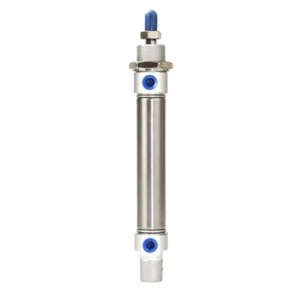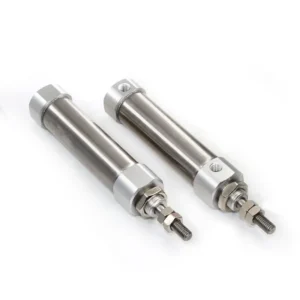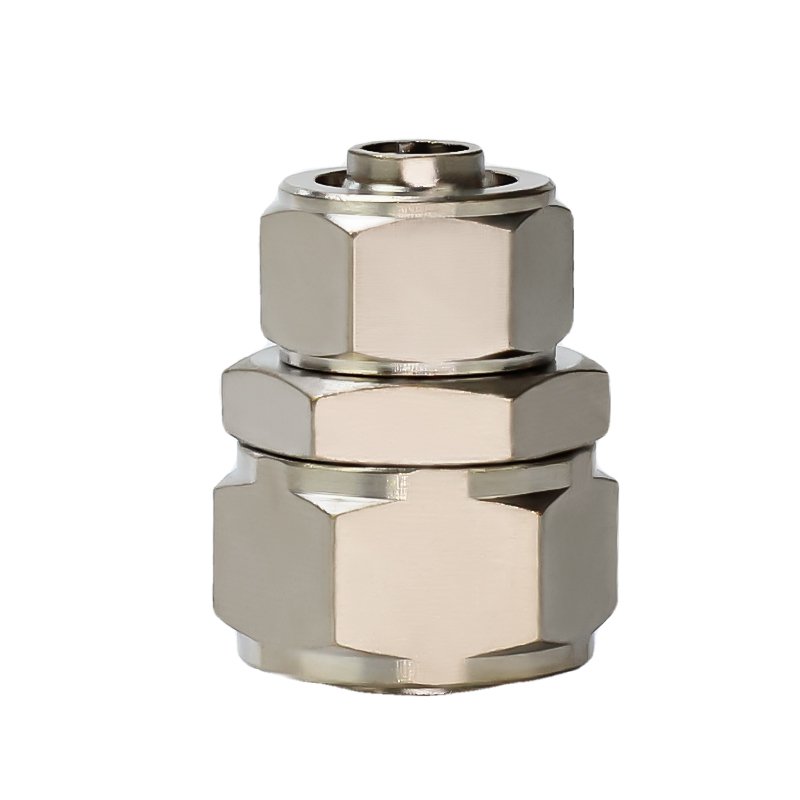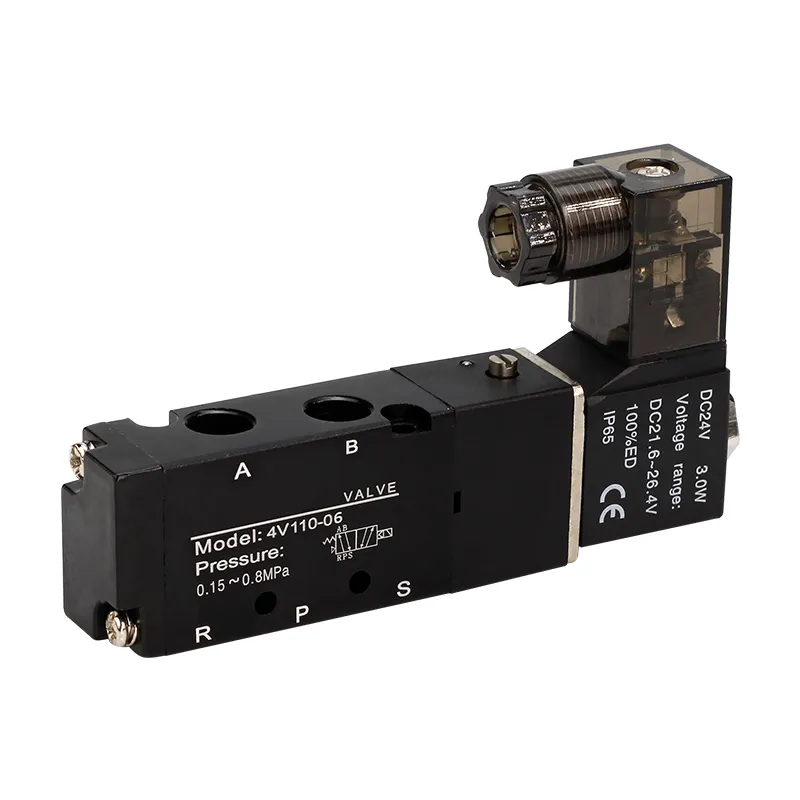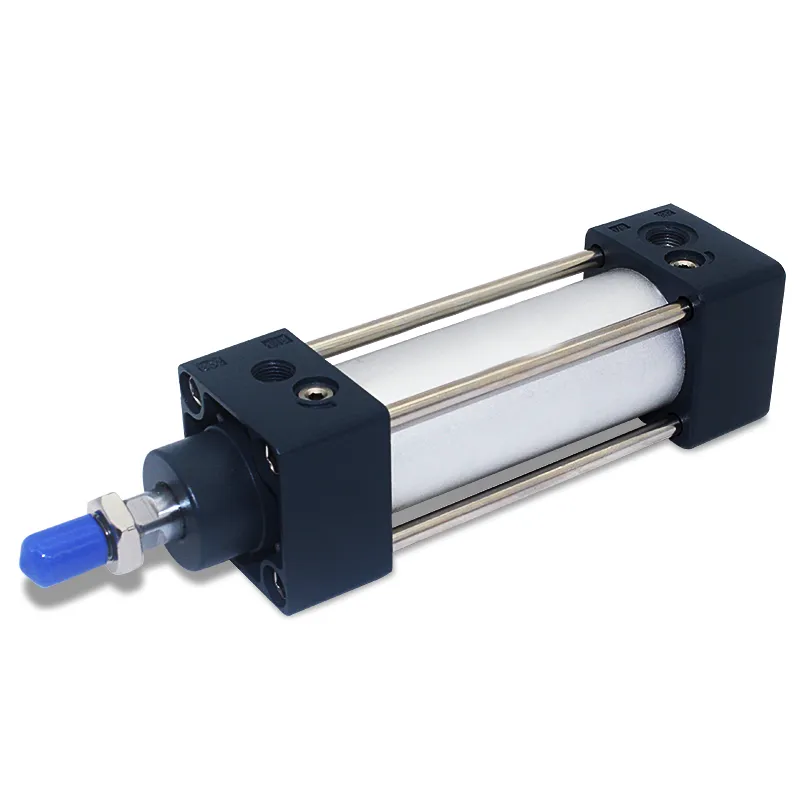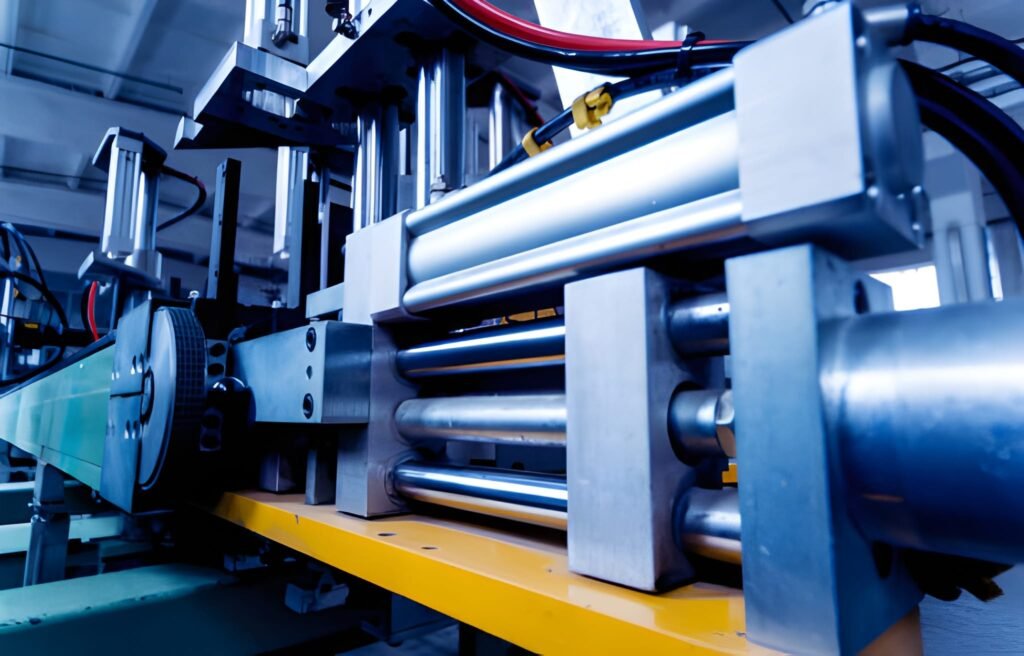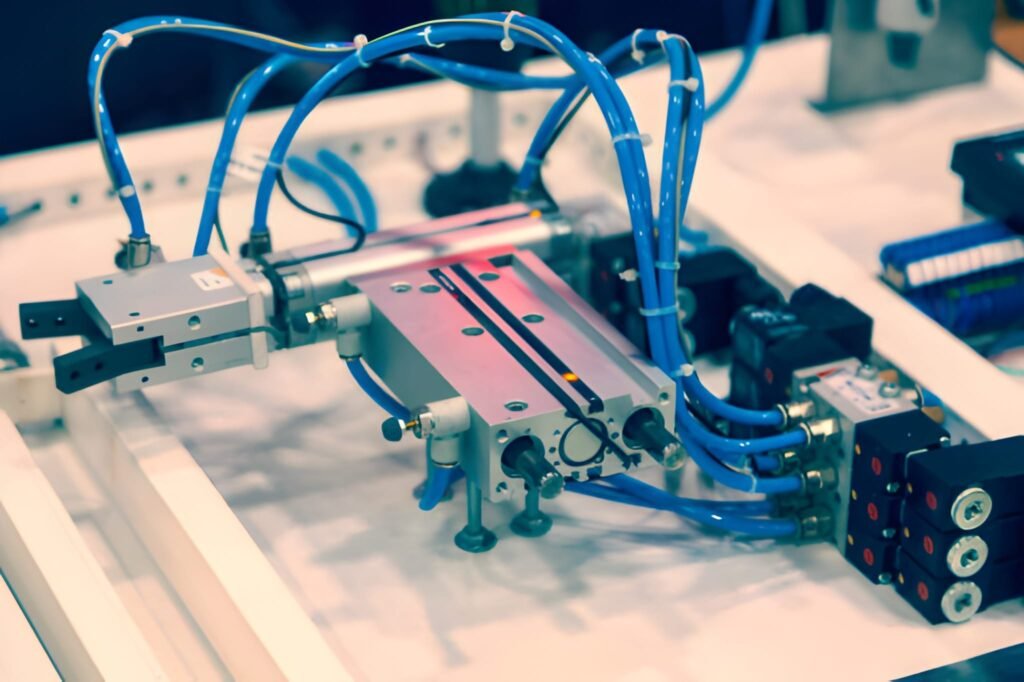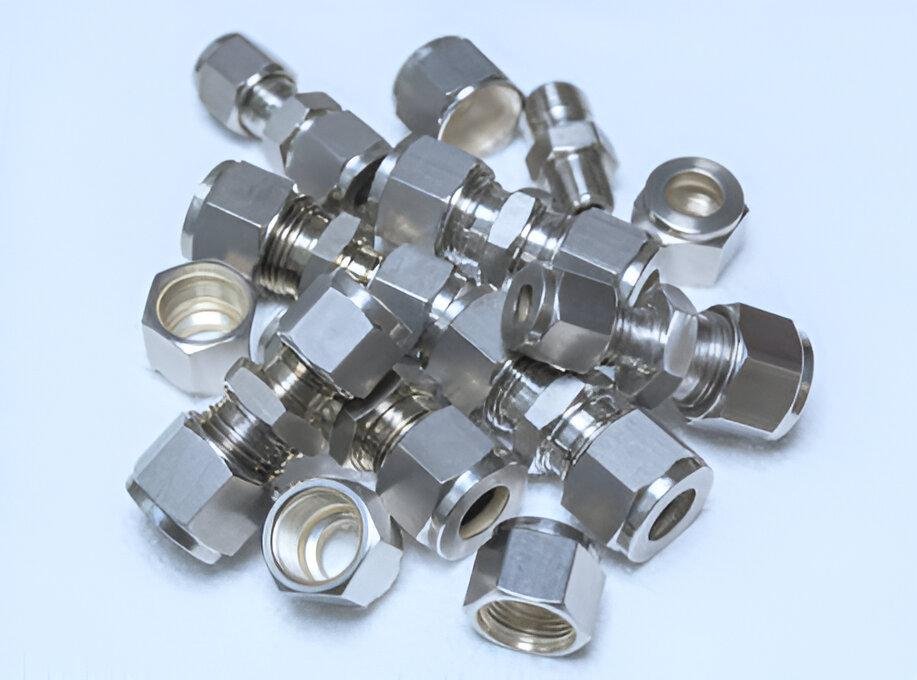A compact cylinder is a small pneumatic actuator known for its compact design, small size, and lightweight nature. It generates linear reciprocating motion within limited space and is widely employed in industrial automation. It operates by compressed air pushing a piston inside the cylinder, which then moves the piston rod to drive external loads. Control of inlet and outlet ports enables forward and backward motion.
Typical applications for compact cylinder include assembly, bending, clamping, feeding, forming, lifting, positioning, pressing, stamping, shaking, sorting (double-acting versions), and functions like driving, clamping, ejecting for flaps and levers (single-acting versions). Double-rod cylinders are used when equal displacement and load on both sides of the piston are necessary.
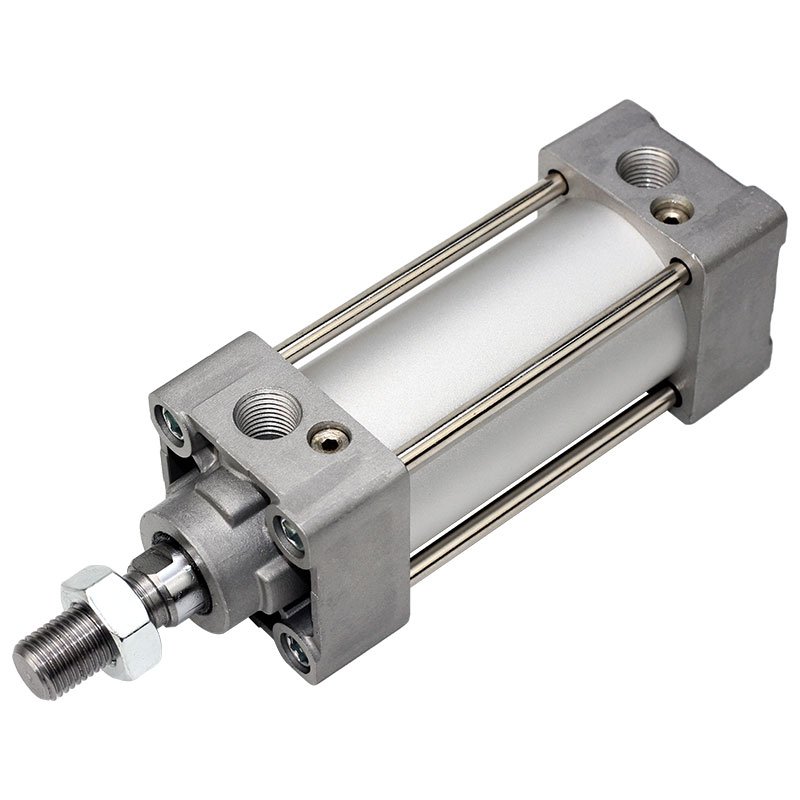
Compact cylinder advantage
✅Compact, enabling flexible installation in tight spaces
✅Lightweight, reducing overall equipment weight
✅High thrust and output force
✅Fast, sensitive operation with precise control
✅Energy efficient with smooth, reliable motion
Compact cylinder disadvantage
Lower force output compared to hydraulic cylinders, less suitable for heavy loads❌💪
Requires clean air sources with good filtration🧼💨
Noisier operation needing noise reduction measures🔊🤫
Slightly higher cost and installation requirements than standard cylinders💸🔧
Shorter service life than standard cylinders, necessitating regular maintenance⏳⚠️
Dimensions and Materials
Cylinder diameters typically range 12–100 mm (0.5–4 inches)
Stroke lengths up to about 100 mm (4 inches) standard
Key dimensional considerations include bore size (thrust), stroke (movement distance), mounting dimensions, and interface compatibility
Common materials: aluminum or stainless steel barrels, stainless or alloy steel piston rods; seals made of nitrile rubber (NBR) or polyurethane (PUR); bearings such as sintered oil-impregnated or composite types.
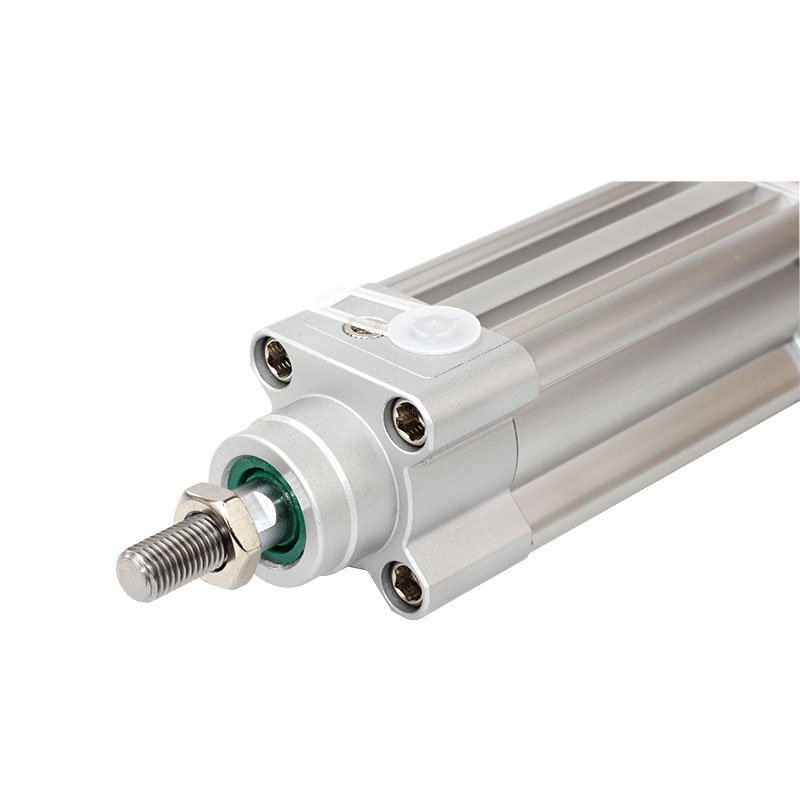
Compact cylinder major Component
- Cylinder barrel: forms cylinder chamber and guides piston, needs smooth, wear-resistant surface
- Piston: slides in barrel with sealing ring to prevent air leakage
- Piston rod: transmits piston movement, requiring high strength and rigidity
- Seal: prevents internal leakage, including O-rings and Y-rings
- Bearing: supports piston rod movement with self-lubrication and high load capacity
- End cover: seals cylinder end, incorporates air ports and buffer mechanisms
- Magnetic ring: enables contactless piston position detection with magnetic switches
Structure and Function
Compressed air enters via the inlet, pushing the piston to extend the rod and drive loads. Air outlet management, buffer structures, seals, and bearings enable smooth, fast, accurate reciprocating motion. The compact form supports miniaturization and lightweight equipment design.
Importance in Automation
Compact cylinders enhance automation efficiency due to their small footprint, flexibility, speed, precision, cleanliness, and dependability. They are essential in:
- Assembly lines for rapid, accurate handling and assembly
- Packaging machinery for stable, high-speed conveyance and sealing
- Electronics manufacturing for precise positioning in SMT and testing
- Textile, printing, woodworking automation, improving equipment flexibility and output quality
Their critical role in industrial automation makes compact cylinder indispensable actuators. As automation technology advances, compact cylinders will continue to drive innovation and improved manufacturing processes.
To boost your production efficiency and embrace automation with reliable, precise motion control, consider integrating compact cylinders into your equipment today. Their versatile applications and benefits make them the smart choice for businesses aiming to enhance quality and reduce downtime. Contact a pneumatic solutions expert to find the perfect compact cylinder tailored to your needs!
FAQ
It converts compressed air energy into linear motion to move or control external loads in automation equipment.
They are generally better suited for light to medium loads; hydraulic cylinders are preferable for very heavy loads.
Use clean, filtered air and perform regular maintenance to avoid wear and reduce noise.
Electronics, packaging, textile, printing, woodworking, and general automation industries.
Yes, including single-acting, double-acting, and double-rod cylinders, depending on the application requirements.

